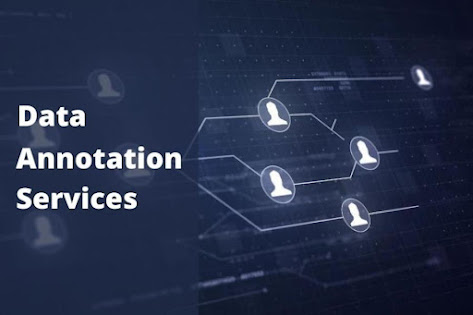The Evolution of Video Datasets in Digital Media
Introduction
In the ever-evolving landscape of digital media, video datasets have emerged as a cornerstone for advancements in AI and machine learning. Globose Technology Solutions (GTS) stands at the forefront of this revolution, specializing in the systematic capture and categorization of video content to transform raw videos into machine-readable datasets.
The Dawn of Digital Media
The journey of digital media has been remarkable. Two decades ago, the world was primarily reliant on newspapers and evening news for information. The internet, as we know it today, was in its nascent stages with Google trailing behind Yahoo! and MSN in search engine market share, and social media platforms like MySpace and Friendster just beginning to emerge.
Waves of Media Evolution
Proto-Media: This era, spanning over 50,000 years, saw communication limited to speech, oral traditions, and manually written text, with information traveling as fast as a horse could.
Analog and Early Digital Media (1430-2004): The invention of the printing press, radio, television, and early computers marked the first wave of widespread communication. This phase was characterized by one-way communication controlled by mass media companies and governments.
Connected Media (2004-present): The birth of Web 2.0 and social media marked a significant shift. Barriers to entry lowered, allowing anyone to broadcast their opinion online. However, this also led to challenges like filter bubbles and sensationalized content.
The Role of Video Datasets in Digital Media
GTS’s globally sourced video dataset collection, including CCTV footage, traffic videos, and surveillance recordings, has been pivotal in this landscape. These datasets, powered by advanced collection and annotation tools, are essential for training machine learning models in various applications.
Emerging Trends and Challenges
Data Media: Between 2015 and 2025, the data captured, created, and replicated globally is expected to increase by 1,600%. This new wave, characterized by data transparency, verifiability, and decentralization, is becoming the backbone of media and communication.
Challenges: While the exponential growth of data and its accessibility bring numerous benefits, they also present challenges such as data privacy, the need for data literacy, and the management of large-scale data.
Methods of Collection and Trends
Collecting high-quality video data is crucial for successful computer vision projects. Methods include open source datasets, web scraping, synthetic datasets, and manual generation. The trend towards using edge devices for data collection and inference tasks is gaining popularity, offering high-performance machine learning with smaller datasets.
Characteristics of Effective Datasets
A good dataset is key for accurate AI model predictions. It should have high-quality, varied images, and a large quantity of accurately-labeled data. Newer methods achieve high accuracy with smaller datasets, highlighting advancements in data efficiency.
Challenges and Future Trends
While image datasets are commonly used, they may not suffice for tasks like video classification or motion detection. Video datasets involve collecting and annotating frames, with high-quality datasets being crucial for accuracy. Online video databases and recording of specific scenarios are common sources for video data collection.
GTS: Pioneering Video Data Collection
Globose Technology Solutions has been instrumental in this transition, offering specialized services that convert raw video into datasets suitable for AI and machine learning applications. Their precision in data collection and annotation has set a high standard in the field, positioning models for unparalleled performance.
Conclusion
The evolution of video datasets in digital media is a testament to the continuous innovation and adaptation in the field. Globose Technology Solutions has been a key player in this journey, contributing significantly to the development and refinement of video datasets. Their expertise in creating high-quality, machine-readable datasets has not only served the immediate needs of AI and machine learning but also paved the way for future technological advancements. As we move forward, the role of companies like GTS in shaping the digital media landscape will become even more crucial, driving progress and setting new benchmarks in the world of data-driven technology.





Comments
Post a Comment